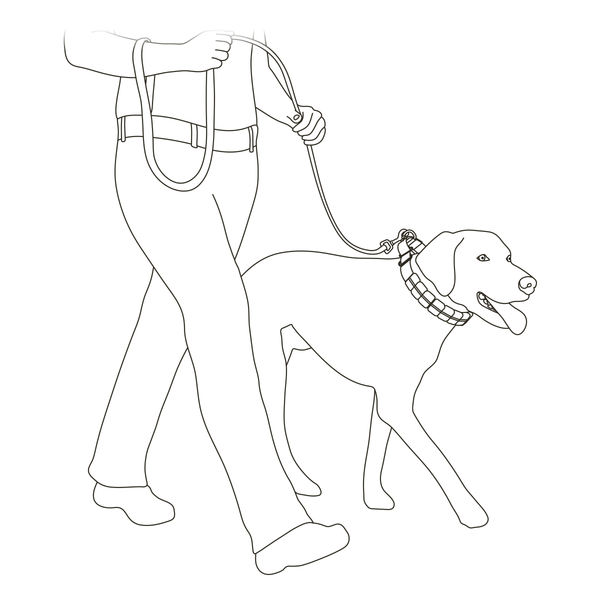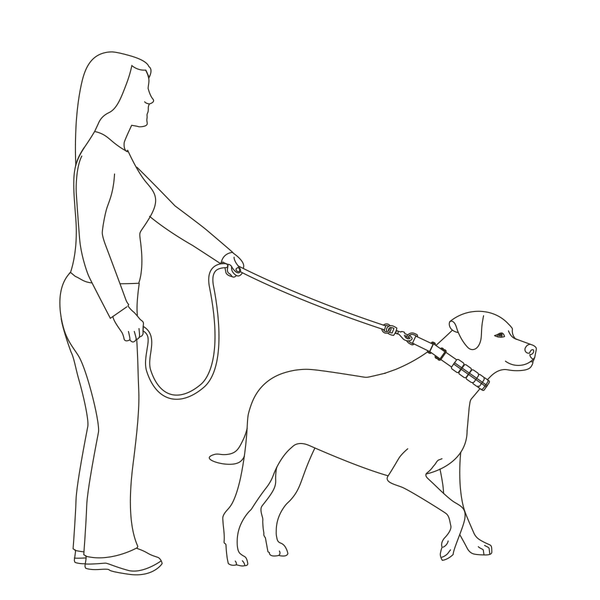Training Your Dog With the Soft Point Training Collar
How Does It Work?
When your dog pulls against the leash, the rubber soft points will press inward evenly against the dog's neck. This creates steady pressure that is safe, but difficult to ignore. The pressure is relieved when your dog stops pulling. With regular and consistent use, your dog will be walking by your side.
Keep in Mind
This is a training collar and should not be left on your pet. Remove the collar from your dog between walks.
The Soft Point Training Collar is not recommended for jogging, running, bike attachments or couplers.
Dogs learn best with consistent training. The time it takes to be fully trained will vary from dog to dog.
Training can be overwhelming for some dogs. Try to keep training sessions to no more than 15 minutes.
Important: Only use a standard 4 to 6 foot nylon leash. Do not use a retractable or bungee leash.
Support Training With Rewards
For effective training, use rewards to support good behavior. When your dog stops pulling, immediately release all tension on the leash and give your dog a reward. This will communicate to your dog that not pulling is the desired behavior. You can reward your dog with a tasty treat or by praising them in an excited tone.
Be sure to read all the fitting instructions before you begin walking your dog. For more information, visit Fit the Soft Point Training Collar to Your Dog.
Taking Your Dog for a Walk With the Soft Point Training Collar
Attach a standard 4 to 6 foot nylon leash to the metal D-ring on the martingale loop.

Begin walking with your dog at your side, holding the leash with some slack but not enough so that your dog can walk several feet in front of you.

If your dog starts pulling, do not tug suddenly on the leash. Simply stop walking, allowing your dog to create tension on the leash. When your dog pulls against the leash, the soft points press inward evenly, creating steady pressure.
As soon as your dog stops pulling, the collar will loosen and release the pressure. Immediately reward your dog's good behavior with praise or a treat, making sure to not put tension on the leash.
Continue walking, repeating steps 2 and 3 each time your dog starts pulling.
After walking, remove the collar from your dog.
Contact Customer Care
If you need further assistance, please contact our customer care team.